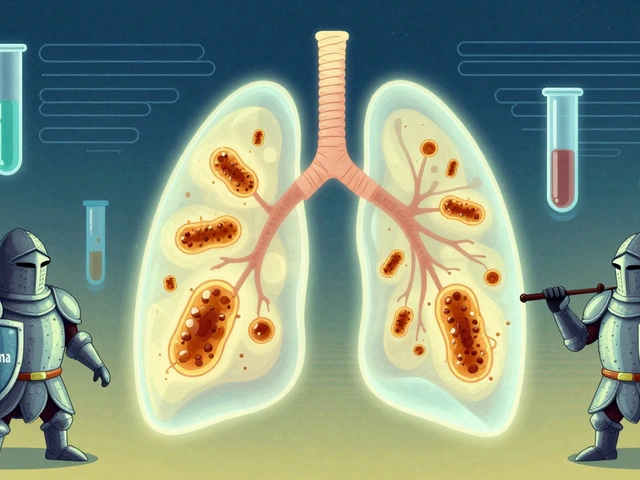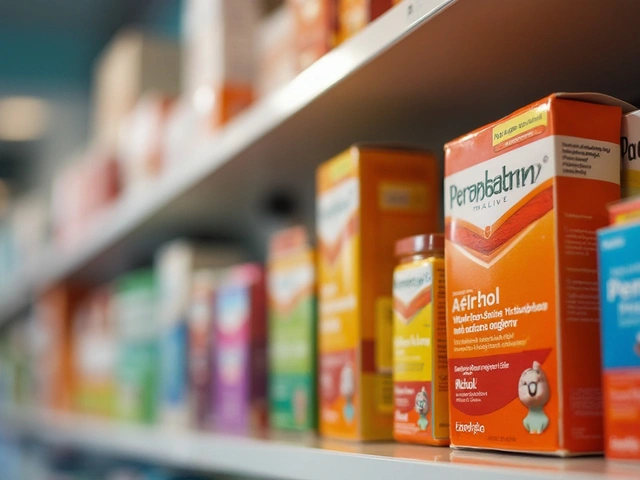Minocin (Minocycline) – Quick Guide
If your doctor handed you a bottle of Minocin, you probably wonder what it does and how to use it right. Minocin is the brand name for minocycline, a broad‑spectrum antibiotic that fights a range of bacteria. It’s often used for acne, respiratory infections, and certain tick‑borne illnesses. Understanding the basics can help you avoid surprises and get the most out of the treatment.
Proper Dosage and Administration
Minocin usually comes in 100 mg tablets, but some patients get a 50 mg version. The typical adult dose for acne is 100 mg once or twice a day; for other infections, the doctor may adjust the schedule. Always take the pill with a full glass of water and try to swallow it with food to reduce stomach upset. If you miss a dose, take it as soon as you remember—unless it’s almost time for the next one, then just skip the missed dose. Don’t double up; over‑dosing can increase side‑effects without improving the cure.
Store Minocin at room temperature, away from moisture and heat. Keep it out of reach of children and pets. If you’re on multiple meds, ask your pharmacist about potential interactions—especially with blood thinners, antacids, or other antibiotics.
Side Effects, Interactions, and Alternatives
Most people tolerate Minocin well, but you might notice a few common side effects: mild nausea, dizziness, or a slight headache. A more noticeable effect is that your skin can develop a temporary gray‑green tint—nothing dangerous, but worth knowing. If you see a rash, fever, or severe stomach pain, call your doctor right away; these could signal a rare allergic reaction.
Minocin can make your skin more sensitive to sunlight, so wear sunscreen and limit outdoor exposure during peak hours. Avoid tanning beds while you’re on the drug. Alcohol isn’t strictly forbidden, but heavy drinking can increase liver strain, so keep intake moderate.
When Minocin isn’t a good fit—because of allergies, pregnancy, or other health concerns—doctors often turn to alternatives like doxycycline, tetracycline, or azithromycin. These drugs work similarly but have different side‑effect profiles, so discuss the best option for your situation.
Finally, never share Minocin with anyone else, and don’t use leftover pills for a new infection. Finishing the full course, even if you feel better early, prevents bacteria from becoming resistant. With the right info and a bit of attention, Minocin can clear up your infection safely and effectively.
 21 September 2025
21 September 2025
Minocin (Minocycline) Guide: Uses, Dosage, Side Effects & Safety
A clear, up‑to‑date rundown of Minocin - what it treats, how to take it, common side effects, drug interactions, and practical tips for patients.
Latest Posts
-

Tuberculosis: Understanding Latent Infection, Active Disease, and How Drug Therapy Works
-

When to Report Rare Side Effects from Generic Medications
-

Atomoxetine Overdose: What to Watch For and How It’s Treated
-

How Estrogen and Progesterone Regulate Ovulation & Menstruation - A Complete Guide
-

Top Alternatives to Stromectol for Parasitic Infections in 2024

13